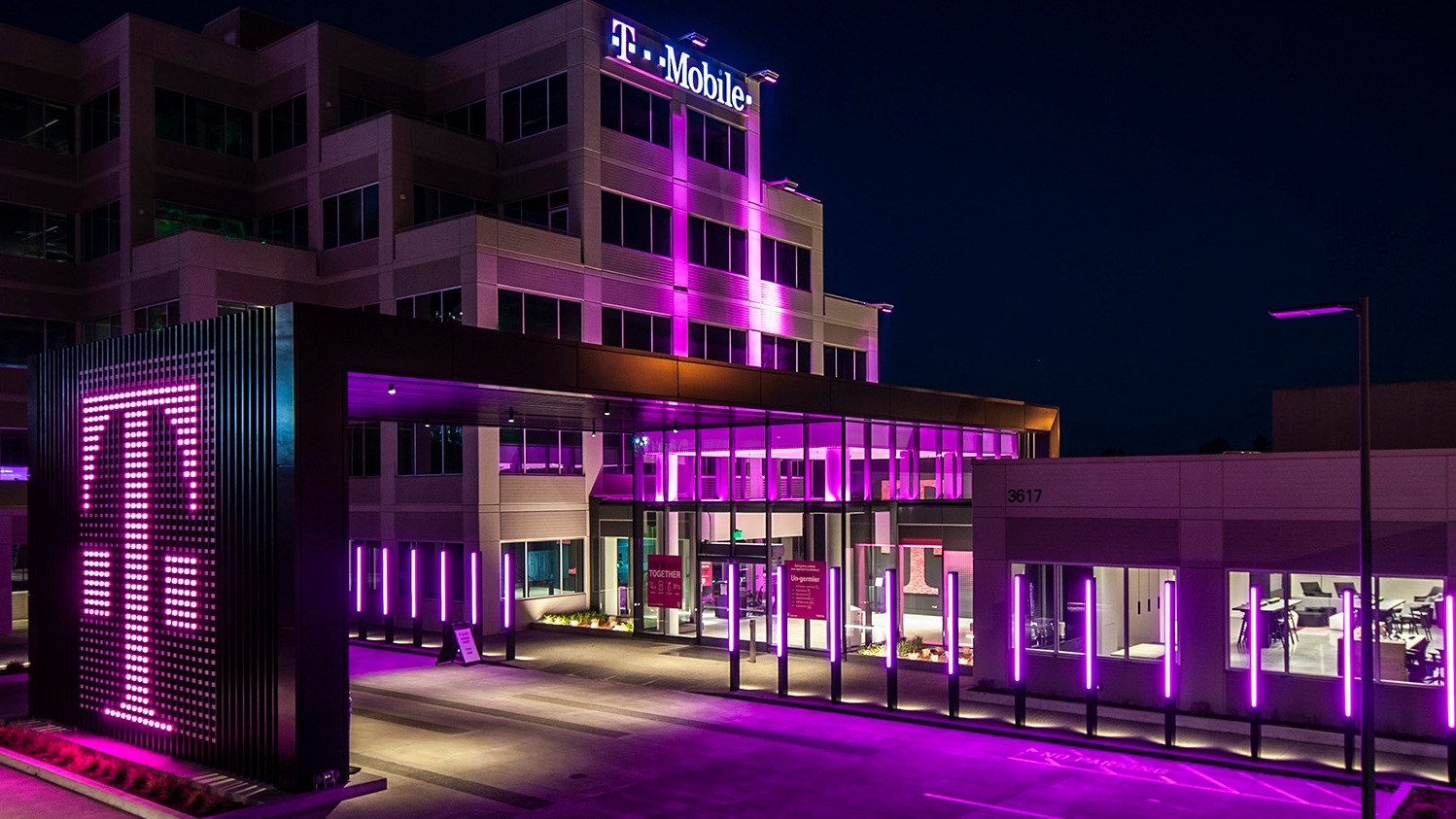
Fiber Internet: A Necessity or a Luxury?
In an increasingly digital world, the question of whether every rural home should have fiber internet delves into more than just connectivity; it reflects a deeper concern about equality and access. With the expansive deployment of federal funds aimed at enhancing broadband infrastructure, we need to analyze what options best suit diverse rural landscapes. While fiber is lauded for its reliability and speed, the reality of its implementation often comes with significant hurdles.
The Digital Divide in Rural Areas
Rural areas have notoriously lagged behind urban centers in internet connectivity, often due to high costs and low demand. A federal program, known as BEAD (Broadband Equity Access and Deployment Program), was created to help close this gap through a substantial $42 billion funding initiative. However, as pointed out by Evan Feinman, the former director of BEAD, there are concerns about shifting the focus from a fiber-first approach to a “technology-neutral” one, which could prioritize options like Starlink, a satellite internet service.
The Drawbacks of Satellite Internet
Starlink, while innovative, has faced criticism for its inability to consistently meet the speed requirements established by BEAD—100 Mbps down and 20 Mbps up with latency below 100 ms. As more people subscribe, its speeds have declined, which raises questions not only about performance but also about future scalability and affordability (with monthly costs exceeding $120). Prioritizing these types of connections, which fail to reliably deliver the necessary performance metrics, risks hampering educational advancements and economic opportunities in rural communities.
Evaluating the Fiber-First Approach
Despite the lofty costs of fiber installations—sometimes soaring to $130,000 per household—investing in a reliable fiber framework might ultimately better serve the long-term needs of rural populations. While the term 'technology-neutral' sounds beneficial as it allows flexibility in choosing internet solutions, it should not come at the expense of quality. In communities where basic internet services are desired rather than cutting-edge speeds, a mixed approach that combines various technologies could be optimal.
Consumer Choice: The Key to Bridging the Digital Divide
For successful broadband expansion, affording consumers a variety of choices is vital. Rural residents should have access to multiple internet options that suit their specific needs. While it’s critical to aim for high-speed connectivity, policy makers must also assess whether the communities are ready to embrace such technologies, thus ensuring that funds are not wasted while still leaving room for innovation.
The Bottom Line: Why Connectivity Matters
Access to the internet is more than a luxury; it’s a gateway to educational and economic opportunities that can transform lives. As communities consider how to plug the digital gap, the implications of choosing fiber over satellite technology—or vice versa—will have long-lasting effects. Keeping a focus on high-speed internet must remain a priority, but implementing the best strategy for rural areas requires an understanding of unique local needs.
In conclusion, every rural home should strive for connectivity, and while fiber internet represents the gold standard, a balanced approach incorporating diverse technologies can serve everyone more efficiently. Awareness and advocacy for better internet options will spark progress and ensure that no one gets left behind in the digital age.
 Add Row
Add Row  Add
Add 

 Add Row
Add Row 


 Add Element
Add Element 

Write A Comment